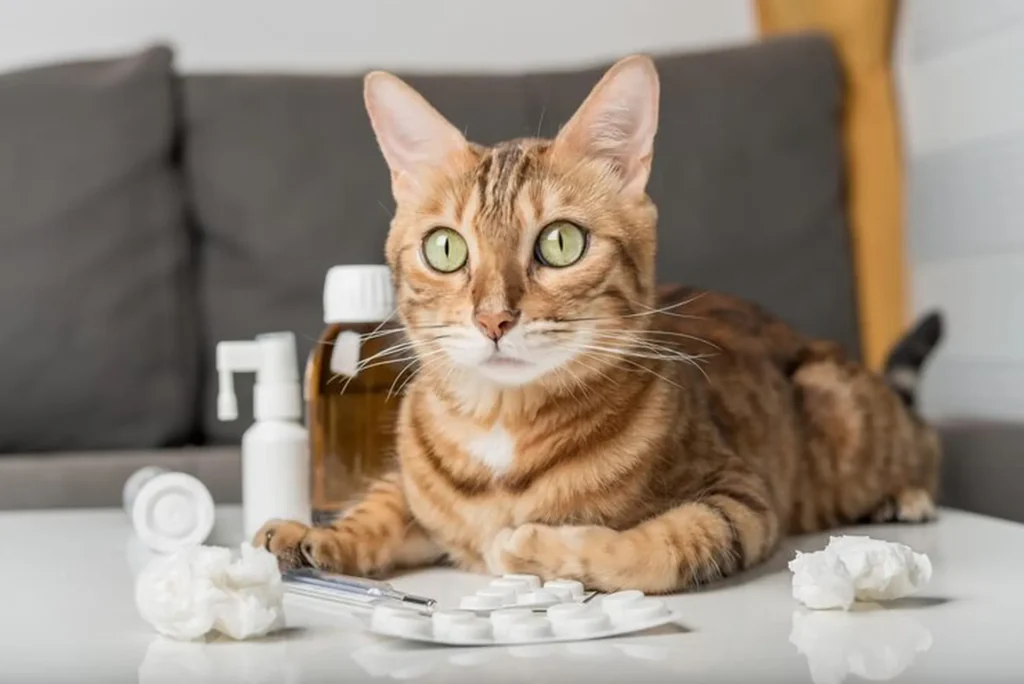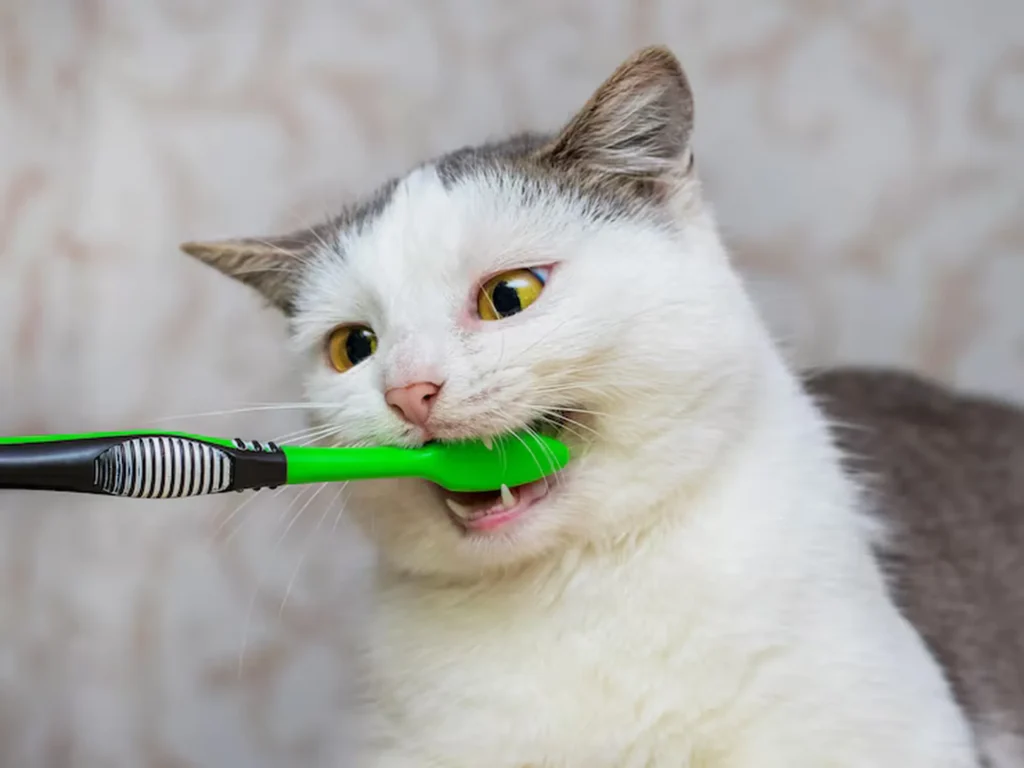By Crescenta Cañada Cat Clinic, La Crescenta, CA
Just like humans, cats can suffer from respiratory issues — and two of the most common are asthma and bronchitis. These conditions can cause coughing, wheezing, and difficulty breathing, often leaving cat owners worried and unsure how to help. At Crescenta Cañada Cat Clinic, we want to help you understand these conditions, what causes them, and how you can support your cat’s respiratory health.
What Are Feline Asthma and Bronchitis?
Feline asthma is an inflammation of the airways that makes it hard for your cat to breathe. It’s often associated with bronchitis, which causes coughing and wheezing due to inflammation in the lower airways. Together, these conditions are sometimes referred to as chronic obstructive pulmonary disease (COPD) in cats.
When a cat’s airways become sensitive to certain irritants, it can trigger spasms, excess mucus production, and airway blockage. Over time, this can cause lung damage and even partial lung collapse if untreated
Asthma and Bronchitis in Cats
Which Cats Are Most at Risk?
Asthma and bronchitis are most common in cats aged two to eight years. Certain breeds, like Siamese cats, appear to be more susceptible. Other risk factors include:
- Obesity – Excess weight increases inflammation and respiratory strain.
- Dental disease – Oral bacteria can travel to the lungs, leading to infections.
Keeping your cat at a healthy weight and maintaining regular dental care can help lower these risks
Asthma and Bronchitis in Cats
Common Triggers and Causes
While the exact cause of feline asthma and bronchitis is unknown, environmental triggers play a major role. Common irritants include:
- Dust from cat litter
- Cigarette smoke
- Perfume, hairspray, or cleaning sprays
- Scented laundry detergents and fabric softeners
- Air fresheners and essential oil diffusers
- Mold, mildew, and pollen
Even household products that seem harmless can irritate your cat’s sensitive lungs. Minimizing exposure to airborne irritants can make a big difference in preventing flare-ups
Asthma and Bronchitis in Cats
Recognizing the Signs
The hallmark sign of feline asthma and bronchitis is coughing — and since coughing is relatively rare in cats, it’s an important symptom to take seriously.
Other signs include:
- Wheezing or noisy breathing
- Shortness of breath or open-mouth breathing
- Reduced energy or reluctance to play
- Bluish gums (a sign of low oxygen levels)
When coughing, cats often squat with their neck extended and may gag afterward, which owners sometimes mistake for vomiting or trying to pass a hairball
Asthma and Bronchitis in Cats
Diagnosing Asthma and Bronchitis
Your veterinarian will first rule out other conditions that can cause similar signs, such as pneumonia, heartworm disease, or lung parasites. Diagnostic tests may include:
- Blood work and urinalysis to check for infection or allergic response
- Chest X-rays to assess lung inflammation or airway narrowing
- Heartworm testing
- Bronchoscopy or airway wash (lavage) to collect samples for microscopic analysis
Even with advanced testing, the exact cause isn’t always clear — but identifying inflammation patterns helps guide treatment
Asthma and Bronchitis in Cats
Treatment and Management
Most cats with asthma and bronchitis can be treated at home, though severe cases may require hospitalization for oxygen therapy. Long-term management typically includes:
Avoiding Triggers
Switch to low-dust litter, eliminate cigarette smoke, and use air purifiers to reduce allergens.
Maintaining a Healthy Weight
Obesity can worsen breathing issues and inflammation. Ask your veterinarian about safe weight-loss plans.
Medications
- Bronchodilators (such as Ventolin®) open the airways to improve airflow.
- Corticosteroids (like Flovent®) reduce inflammation and help prevent attacks.
- In some cases, a combination inhaler (Advair®) may be prescribed.
Alternative Therapies
Some cats benefit from a hypoallergenic diet or medical acupuncture, which may reduce inflammation and reliance on medication
Asthma and Bronchitis in Cats
Outlook for Cats with Asthma and Bronchitis
While these conditions are not curable, they are manageable with proper care. The goal of treatment is to reduce the frequency and severity of flare-ups and improve your cat’s overall quality of life.
With consistent treatment and environmental control, most cats with asthma and bronchitis can live long, comfortable, and active lives
Asthma and Bronchitis in Cats
Need Help Managing Your Cat’s Breathing Issues?
If your cat is coughing, wheezing, or showing signs of respiratory distress, contact us at Crescenta Cañada Cat Clinic. Our veterinary team will help diagnose the issue and develop a personalized treatment plan to help your cat breathe easier.



